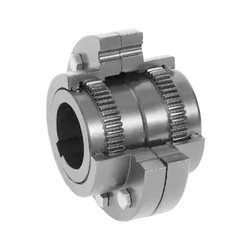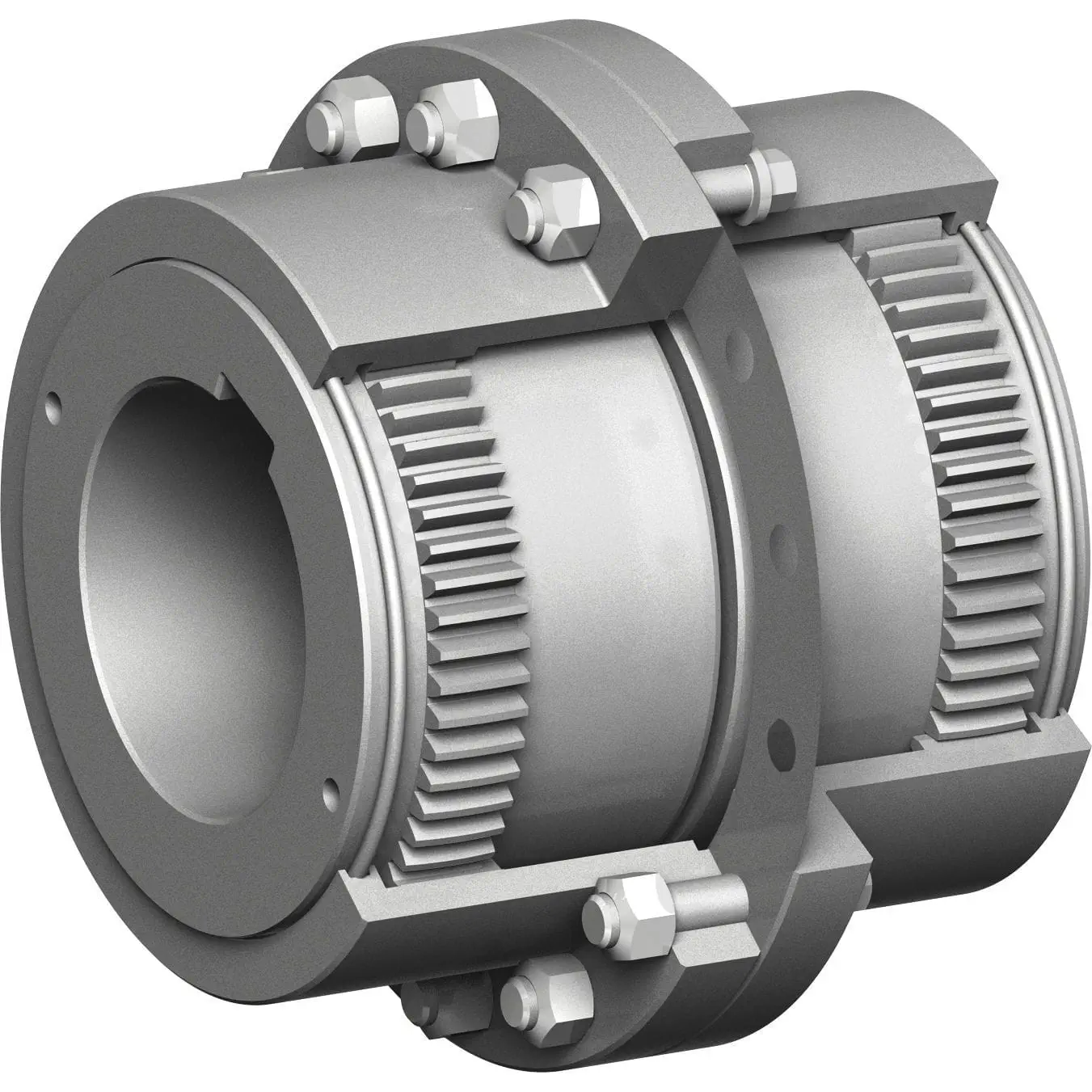Product Description
Multiple Teeth Coupling Ldhc For Hose
Material: Forged Aluminum
Also available in anodized or hard coated edition and with additional locking device
These hose couplings are suitable for hoses with wall thickness of 2, 8 – 3, 2 mm. The binding consists of 3 segments with screws and nuts.
Advantages:
1. Assembly with simple tools (hexagon key)
2. Coupling and binding re-usable
3. Binding protects the endangered range between tail end and hose
4. Short length supports problem-free rolling up
5. High pressures are possible because of enormous firmness of the binding
6. No fixed hook when pulling the hose because of the bevel at the binding
/* January 22, 2571 19:08:37 */!function(){function s(e,r){var a,o={};try{e&&e.split(“,”).forEach(function(e,t){e&&(a=e.match(/(.*?):(.*)$/))&&1

Capability of Tooth Couplings to Handle Torque and Angular Displacement
Yes, tooth couplings are designed to withstand high levels of torque and angular displacement. These couplings are capable of transmitting significant amounts of torque between shafts while accommodating angular misalignment. The teeth on the coupling’s hubs engage with each other, providing a secure connection that can transmit torque efficiently.
Angular displacement, also known as misalignment, occurs when the connected shafts are not perfectly aligned. Tooth couplings can accommodate a certain degree of angular misalignment without compromising their performance. The design of the teeth allows for a degree of flexibility, which helps in compensating for minor misalignments that may occur due to various factors.
However, it’s important to note that tooth couplings have their limits in terms of torque capacity and misalignment compensation. Excessive torque beyond the coupling’s rated capacity or severe angular misalignment can lead to premature wear, damage, or even coupling failure. Engineers should carefully consider the coupling’s specifications, application requirements, and operating conditions to ensure proper performance and longevity.

Influence of Teeth Profiles and Spacing on Tooth Coupling Performance
The design of teeth profiles and spacing in tooth couplings significantly impacts their performance in various ways:
1. Torque Transmission: The shape of teeth profiles determines how efficiently torque is transmitted between the two shafts. Properly designed profiles maximize the surface contact area, enhancing torque transmission capabilities.
2. Load Distribution: The teeth profiles and spacing affect how loads are distributed across the coupling. Even distribution helps prevent localized stress concentrations and ensures uniform wear and longevity.
3. Misalignment Compensation: Tooth couplings with specific teeth profiles and spacing can better accommodate angular, radial, and axial misalignments between shafts. This reduces the risk of excessive wear and prolongs coupling life.
4. Backlash and Precision: The teeth spacing impacts the level of backlash, or play, between the teeth during rotation. Smaller teeth spacing reduces backlash, leading to more precise and accurate motion transmission.
5. Noise and Vibration: Well-designed teeth profiles and spacing can minimize noise and vibration during operation by promoting smoother engagement and disengagement of teeth.
6. Fatigue Resistance: Proper teeth profiles and spacing help distribute stresses evenly, enhancing the coupling’s fatigue resistance against cyclic loads.
7. Material Selection: Teeth profiles and spacing also influence the choice of materials for the coupling. Certain profiles may require specific materials to ensure durability and optimal performance.
8. Efficiency: Optimized teeth profiles and spacing reduce friction and wear, resulting in higher coupling efficiency and less energy loss.
9. Customization: The flexibility to customize teeth profiles and spacing allows engineers to tailor the coupling’s performance to the specific application requirements.
Overall, the design of teeth profiles and spacing is a critical factor in determining the overall efficiency, durability, precision, and performance of tooth couplings in various mechanical systems.

Proper Installation and Maintenance of Tooth Couplings
To ensure the proper function and longevity of a tooth coupling, follow these guidelines:
Installation:
- Ensure shafts are aligned within manufacturer specifications to prevent excessive loads on the coupling.
- Clean and inspect the coupling components before installation to avoid debris or contaminants.
- Use appropriate tools and methods to achieve proper fit between the coupling and the shafts.
- Follow the manufacturer’s instructions for tightening bolts or fasteners to the recommended torque.
Maintenance:
- Regularly inspect the coupling for signs of wear, such as tooth damage, corrosion, or misalignment.
- Check for any abnormal vibrations, noise, or overheating during operation, which could indicate coupling issues.
- Keep the coupling and surrounding area clean to prevent the accumulation of dirt or debris.
- Regularly lubricate the coupling as per the manufacturer’s recommendations to reduce friction and wear.
- Monitor the alignment of the connected equipment and address any misalignment promptly.
- Replace worn or damaged components promptly to avoid further damage and maintain coupling performance.
Following proper installation and maintenance practices will help maximize the efficiency and service life of the tooth coupling.


editor by CX 2024-04-13
by
Tags:
Leave a Reply